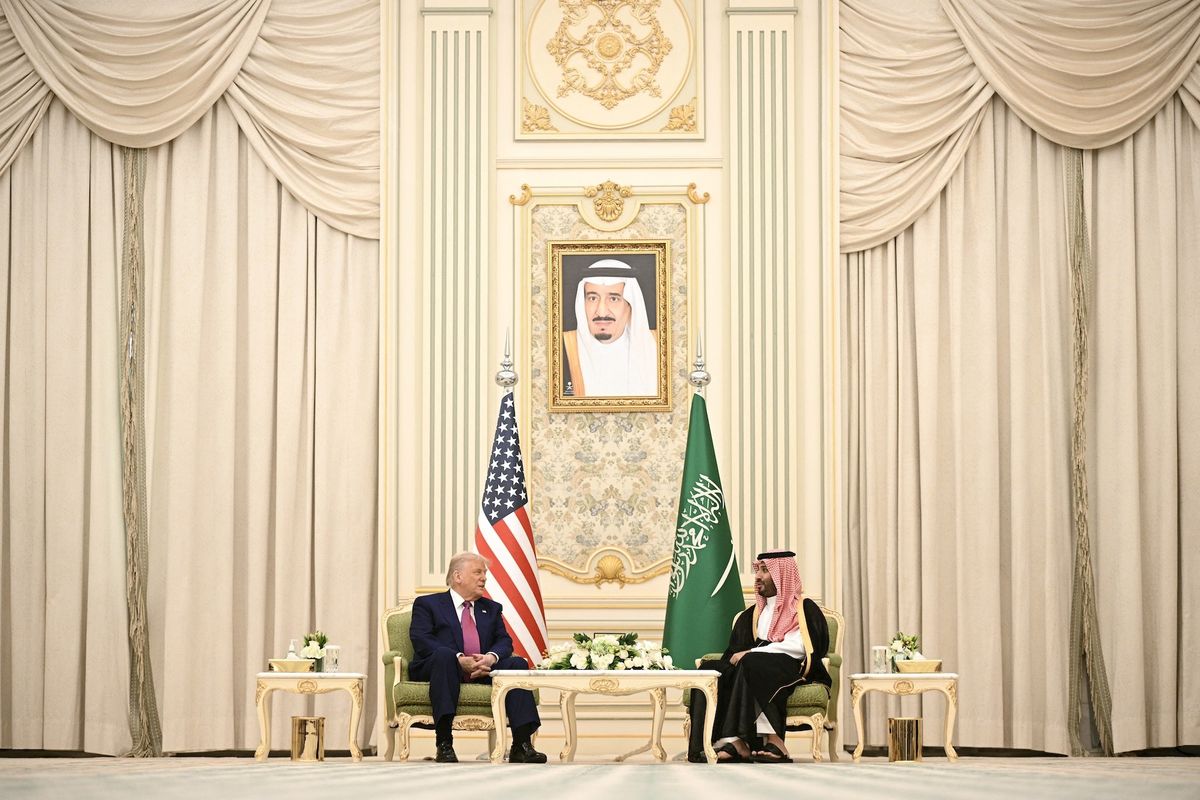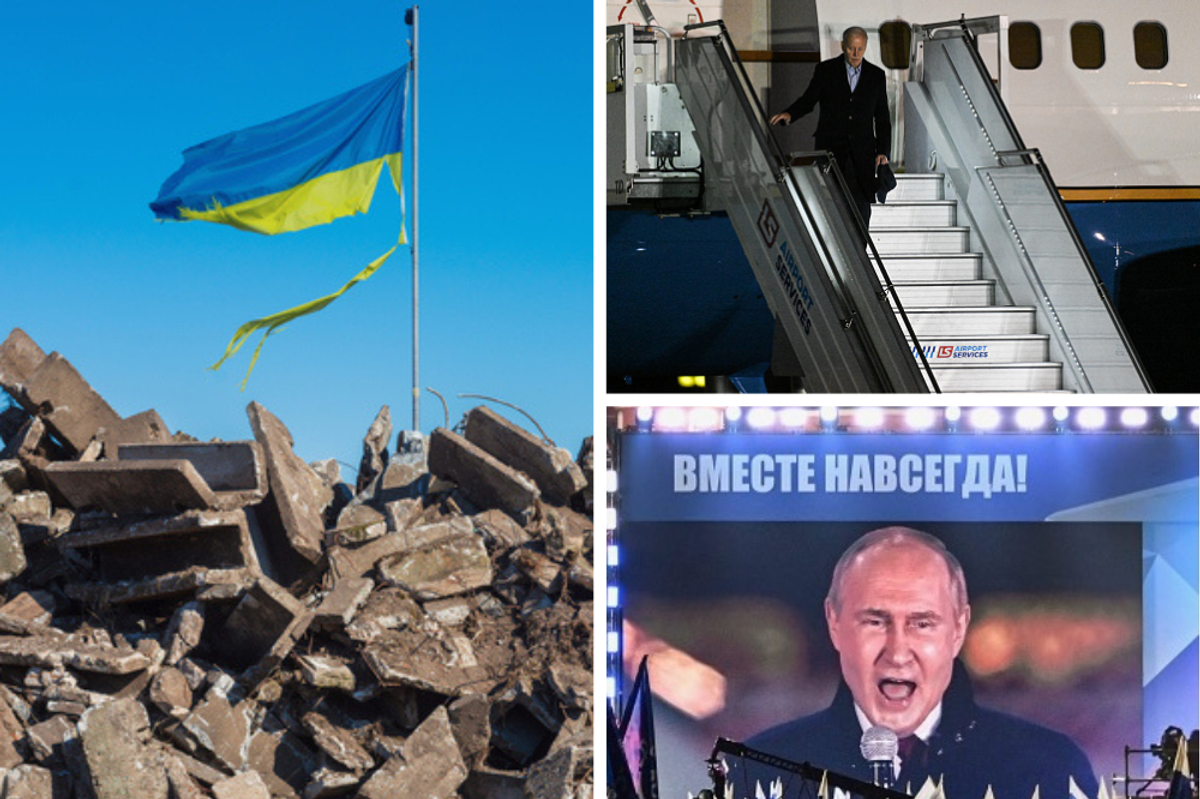Speaking the Same Language
Since the earliest stages, the F-35 was designed to improve the interoperability of coalition nations fighting together. The Cipher Brief spoke with former F-35 pilot Lt. Col David Berke, on the technologies that elevate the F-35 above 4th generation fighter aircraft for the U.S. and its allies.
The Cipher Brief: One of the expected advantages of the F-35 is interconnectivity with other platforms operated by the U.S. and/or its allies. What does this look like in practice, and what are the remaining challenges to incorporating this functionality?
David Berke: I think interconnectivity is a huge advantage. In a more connected world, you can take a scenario in Europe or in the Pacific or any operation where we operate that is not going to be just American aircraft. The Joint Force is going to combine with forces from other countries. Right now, we have barriers even between our own services when you take an F-18 or an F-16 together from the Air Force and the Marine Corps or the Air Force and the Navy—even that same platform between the Navy and the Marine Corps. Believe it or not, there are still language barriers, capability barriers, differences that we have to account for. I call it a language barrier, don’t get wrapped up in the idea we’re speaking about literally different languages, like French or Spanish. I’m talking about a language in how we use our systems and operate our systems in combat and work to integrate them with one another. Each one of those are some sort of a road block that we have to overcome through training; we need to figure out how to remove the minor impediments that go along with interoperability between dissimilar forces with dissimilar languages and dissimilar systems.
The F-35 goes a long way to breaking down what is a natural barrier, it’s just inherent to its existence—the fact that it is the same airplane used by all the services and by all these different countries. We’ve been pretty successful in the past as a joint force integrating with other countries. We can do that. We operate with coalition partners all the time. But each partnership requires a lot of work to overcome those natural barriers that exist. And we work very hard to try to figure those out. We mitigate the ones that we don’t have solutions to, and we optimize the ones that we’re good at and try to take advantage of those. That’s sort of the nature of the business that we’re in. The future of all kinds of warfare, whether it’s kinetic or not, is going to involve all of our global coalition partners. There’s no way around it, it’s a good thing, and it’s how the world is.
Now that you’ve base-lined a level of commonality that everybody can understand in terms of a single language, a single platform, and a single baseline for capabilities, you’re going to see the strengths and optimizations of that platform in different countries based on what they’re using it for, different things they learn, the systems that they develop. You’re going to get a lot of synergistic effects. But what it allows you to do is have immediate connectivity with a baseline platform that everyone understands, everybody speaks, everybody translates the same way. You’re able to integrate from there. It’s a natural break down of preexisting barriers that just aren’t there anymore, because you’re not trying to find compatibility between two different systems. You get past that immediately by way of its own existence. So I think the synergy that comes along with that and the cumulative effects of that are really hard to overstate. They’re significant. They’re a pretty big deal.
TCB: And a word on any remaining challenges?
DB: I think it’s going to be a long term process. The bottom line is that you don’t get up tomorrow morning, take even a similar, let alone the same airplane from other countries, and operate without any challenge. Everybody sees it slightly differently, everybody has different reasons for using it, and there are different lessons. There’s certainly a challenge there.
The beauty is that one of the largest barriers doesn’t exist anymore. Now the challenge is how do you optimize it? How do you effectively, efficiently, and rapidly take advantage of what you have? Can you transfer the learning and the knowledge? Can you work on each other’s bases? Can you sit side-by-side with each other’s airplanes? We do a lot of coalition training, a lot of coalition warfighting practice, things like Red Flag, all the time. We’re always working with each other, and all of those things are designed to make us a better global coalition force. You could insert any two countries that are allies or are working to be allies, and the inclusion of this aircraft just enhances or increases the interoperability. There are always challenges. One of the things we deal with is how to overcome the challenges of working together. I think this airplane is nothing but a facilitator to do that.
TCB: An important part of interconnectivity with other platforms is the processing power in the sensor systems. That processing happening on the airplane, is that a huge leap from the 4th generation?
DB: It’s a step change for a couple of different reasons. One is the breadth of the information that it’s processing—the different spectrums. The plane can incorporate the width of those individual spectrums and have those overlaid on top of each other. You can function in and out of different bands. Then once you can understand where a conflict is taking place or where that mission set is taking place—what spectrum they’re operating in—then you can go layers deep into that because that information is fused internally to the aircraft and because of the concept of off board fusion, where other aircraft are processing at the same time the same information with a different perspective. Those two pieces of information aren’t just shared; the fusion concept goes a step further where it actually fuses them as if they were two sensors working together. It takes the net effects of those two—or however many you actually have—and processes those at the same time to increase the fidelity and the accuracy of that information.
It used to be that you would look at a relatively narrow spectrum and maybe the best we could do was port off our picture to somebody else and say, “Hey this is what I’m seeing.” Well now you and I are sharing that information, and rather than you getting your picture and me getting my picture, the F-35 combines those images into a single, fused image that’s much more robust, much higher fidelity, much more functional, and much more accurate. It’s all happening near instantaneously across all the platforms that are integrated into the network and providing everybody, regardless of their position on the battlefield, with a much higher level of fidelity. You can imagine what that offers in terms of depth, and that’s something you cannot replicate with a 4th generation airplane.
(This is Part II of a two part interview; read here for Part I.












